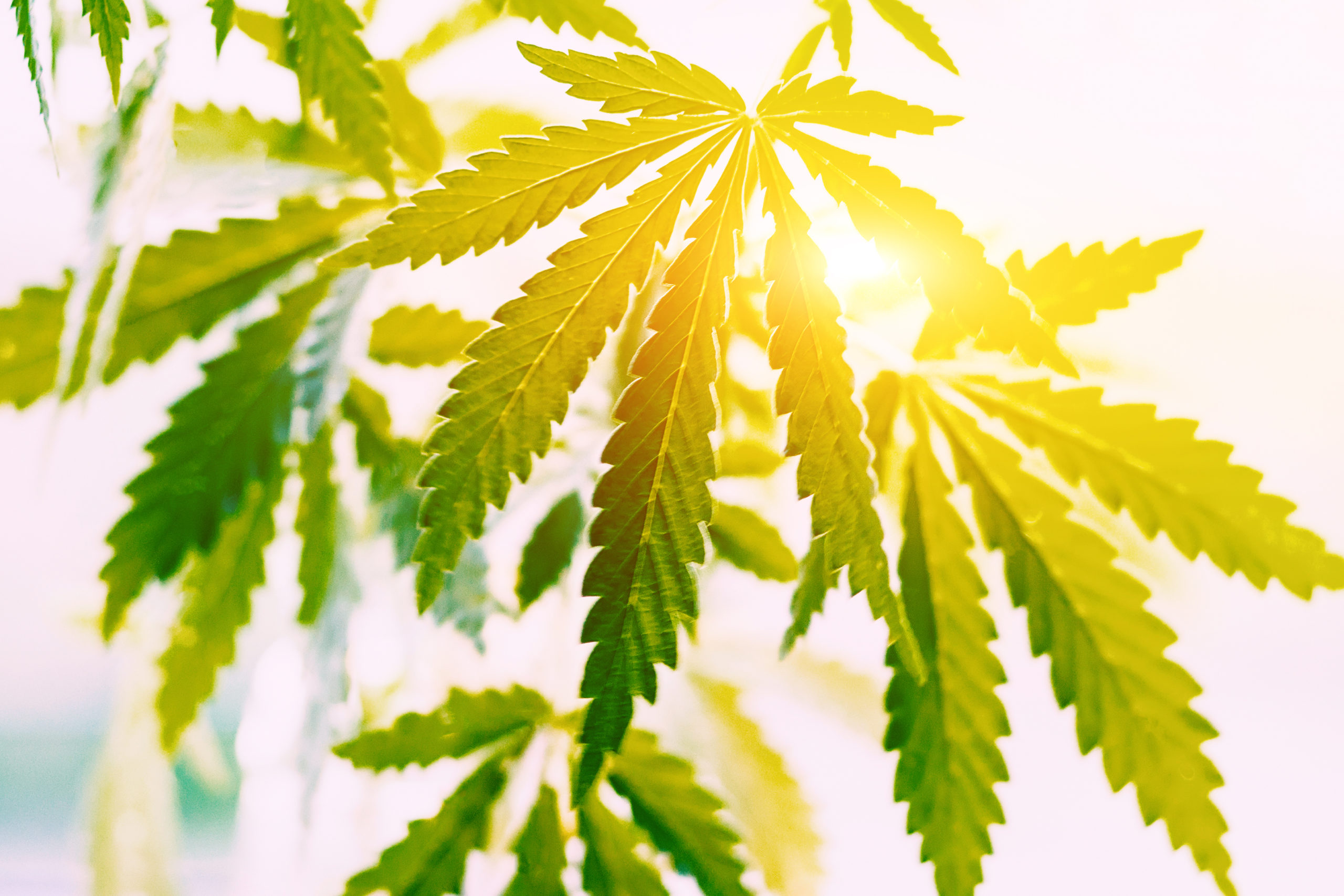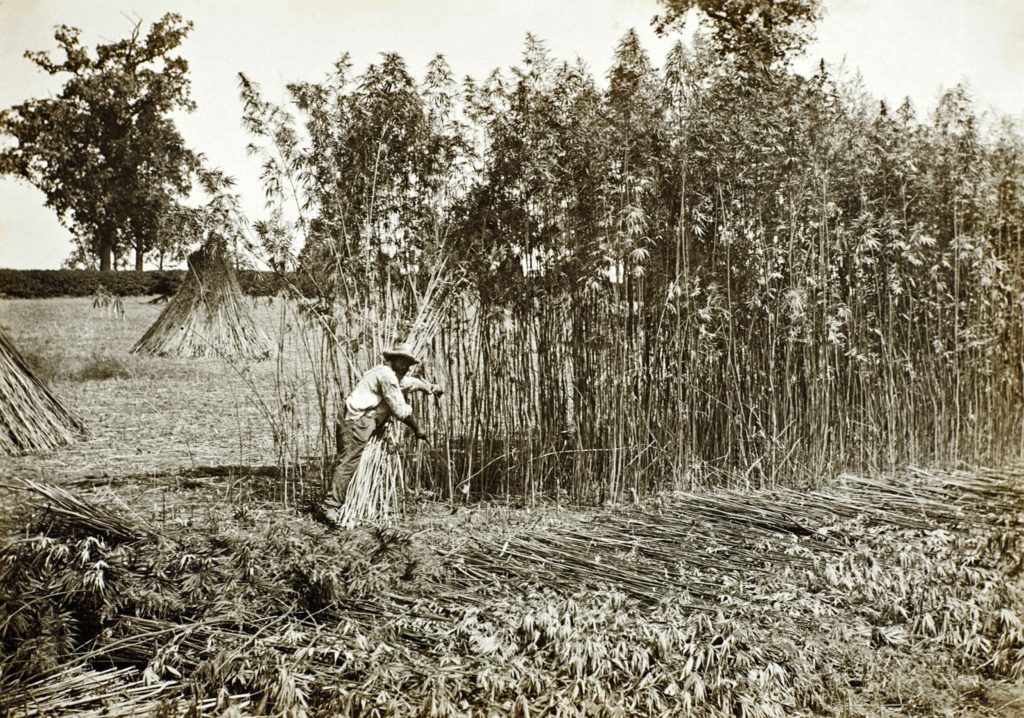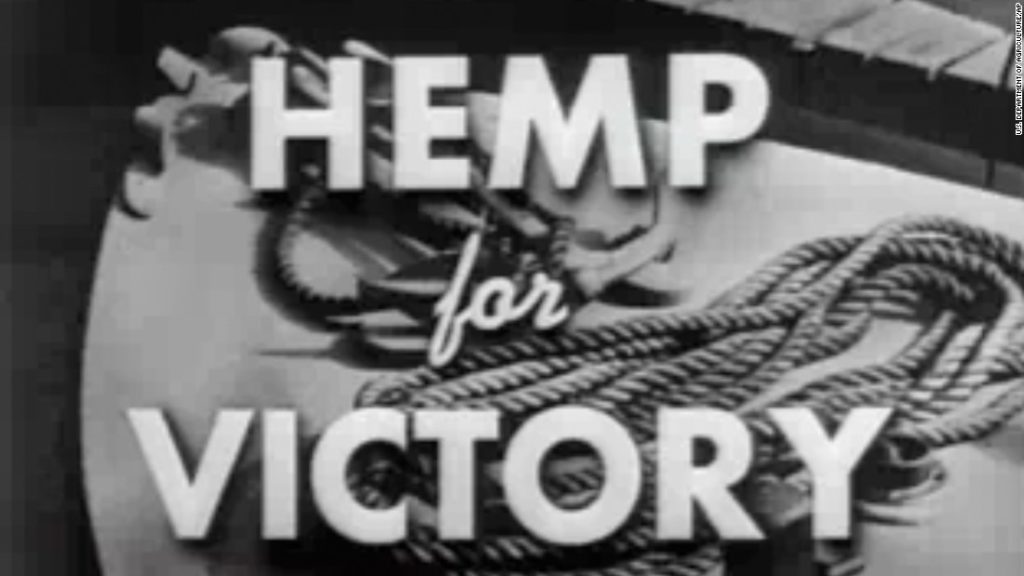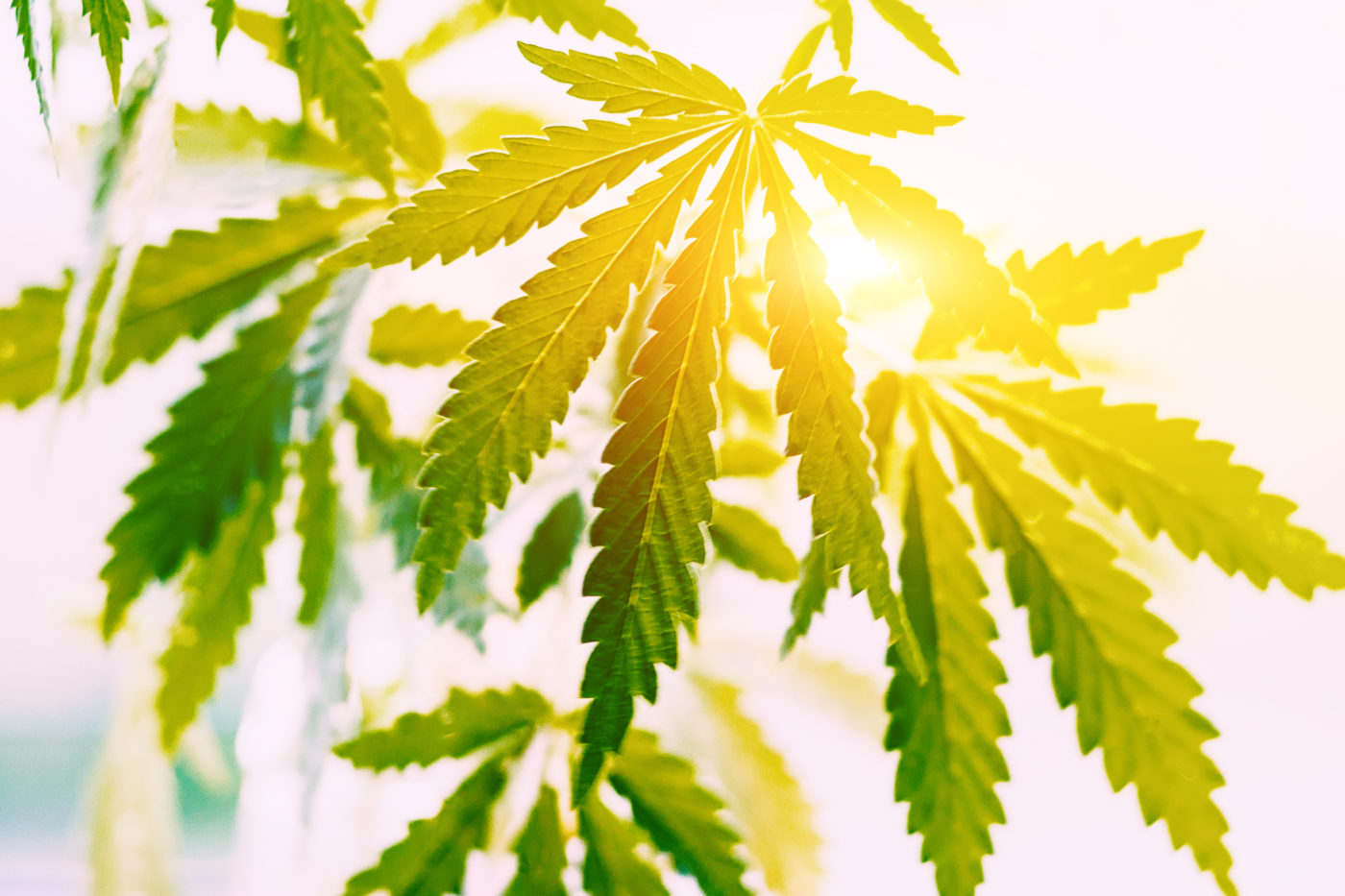
Hemp vs Marijuana
May 6, 2020

Hemp vs Marijuana: What’s the Difference?
Right now, and for the past year at least, there has been so much written, tweeted, and publicly discussed about CBD, THC, hemp and marijuana. So much so that even the basic information can now seem confusing. Here at Zilis, we get a lot of questions about our products. For instance, “will it get me high?”, “will I be arrested if I have this in my car?”, and “what’s the difference between hemp and marijuana?” are very common questions we receive daily. To help walk everyone through the tough questions and harder topics, we started a blog, and as all things have a beginning, we decided our blog should start by discussing the plant that our hemp products are made from. Both hemp and marijuana come from the Cannabis sativa L plant. So, if it all comes from the same source, what’s the difference?
Is it hemp? Is it marijuana?
The most important fact to understand about hemp and marijuana is that the only real difference comes down to the tetrahydrocannabinol, or THC, level in the plant. THC is a known compound that leads to the psychotropic, or “high” feeling reported after marijuana use. Hemp is purposely bred to be low in THC while marijuana is purposely bred to be high in THC. In the U.S., hemp is defined by Federal Law as a cannabis plant containing no greater than 0.3% THC and marijuana is defined has having more than 0.3% THC. Clear as mud, right? It just means that farmers who grow a hemp variety of cannabis must ensure that the plant they harvest has a THC percentage that is no greater than 0.3%. If the THC in the harvested plant material tests higher than 0.3%, it violates the Hemp Farming Act regulations found in the 2018 Agricultural Improvement Act and may have to be destroyed as dictated by state or federal authorities. These regulations assure that the hemp we buy to produce our UltraCell® Berry, Lemon, Raw, Topical, Pet, and CBG products has been tested and legally grown.
Did you know that Hemp is a multipurpose crop?
Products & Food
As mentioned above the main differentiating factor of hemp is that it cannot have a THC content greater than 0.3%. How hemp is used also sets it apart from marijuana. Historically, hemp was known as a key raw material for textiles, including clothing, rope/ships’ rigging, paper, and packing materials; car parts; parachute webbing; and baggage.
Hemp has also been used as a food source throughout history because it contains an abundance of nutrients like amino acids and essential fatty acids. Both amino acids and essential fatty acids are important for the body to repair itself. The seeds from hemp contain protein and are also rich in minerals, including zinc, calcium, iron, sodium, magnesium, potassium, phosphorus, and vitamin E[1]. Interestingly, about 25% of calories in hemp seeds come from protein, which is relatively high. In fact, by weight, hemp seeds provide similar amounts of protein as beef and lamb, yet represents a healthier, plant-based source of protein, and contains other nutritional benefits, like Omega-3, Omega-6, and fiber. Hemp and hempseed may also benefit those countries in need of supplemental nutrition or act as a solution for inadequate nutrition due to its sustainability and the ease by which it can be grown.
Hemp Today
Many countries around the world have grown hemp for millennia. More recently, new products like hemp plastics and hempcrete (used for home construction) have been developed. These products are environmentally friendly and can be made to support a more sustainable type of material.
We’ve also taken advantage of its therapeutic uses and cultivated hemp for its cannabinoids and terpenes. Therapeutic research into the interaction of hemp with the Endocannabinoid System (ECS)* has expanded over the last few decades and this, along with its historical significance, makes hemp a valuable resource.
Hemp vs. Marijuana: Growing
When it comes to farming and growing, marijuana, used for both medical and adult recreational use, is generally grown in a greenhouse under lights; hemp tends to be grown “broad acre”, outdoors in large fields. Hemp has many phytonutrients—naturally occurring beneficial compounds—because it tends to be grown outside in the open. Phytonutrients, fibers, and various agricultural features help with resistance to pests and drought, as well as the prevention of soil erosion[2].
Additionally, the cannabis plant can grow nearly anywhere in the world, in any type of soil; it is, after all, a “weed”. All cannabis plants (both hemp and marijuana) are known to be phytoremediators, (phyto = plant and remediation = to heal). This means, that as the plant is growing, it can absorb everything from the soil in which it is grown and can be purposely used to “heal” the earth. Given marijuana is not grown outdoors, hemp is generally utilized for this key property. For example, after the Chernobyl Nuclear disaster in Ukraine in 1986, hemp was planted in an attempt to help clean up the soil around the site. Phytoremediation is great for the environment but proves why testing products for quality and safety is so important.

History of hemp in the U.S.
Hemp was used in the United States throughout WWI and the Dust Bowl era until it was outlawed by the 1937 Marihuana Tax Act. At the time Dupont invented and patented nylon to create parachutes and parachute cord because they could no longer use hemp as they had in the past. During WWII, however, the restrictions on hemp were lifted and the U.S. launched the “Hemp for Victory” campaign. The Hemp for Victory propaganda film, which can still be found on YouTube,[3] was released in 1942, explained the uses of hemp and encouraged farmers to grow as much hemp as possible to support the war effort. Other industrial fibers, often imported from overseas, were in short supply and the U.S. needed hemp for the manufacturing of naval rope, parachute webbing, shoelaces for soldiers and firehoses. After WWII, the ban on hemp was reinstated, making hemp and hemp-derived products illegal again. The ban on hemp would last for over eighty years.

In 2014, hemp was declared federally legal, but restricted to research only, under the Agricultural Improvement Act. After hemp pilot programs were granted to some state and university research facilities, hemp was finally removed December 20, 2018, from the Controlled Substance List with the passage of the Hemp Farming Act, found in the U.S. Agricultural Improvement Act of 2018.
Hopefully, the differences between hemp and marijuana are clearer. Feel free to spread the word: hemp and marijuana are different because of how they are grown, why they are grown, and how they are used!
* We will go into the ECS in more depth in a future article, but just a quick review: The ECS is a complex network of receptors that are found throughout the brain, body, and immune system. This system is believed to be responsible for balancing internal functions related to sleep, relaxation, cognition, etc. Your ECS is fueled by endocannabinoids, which are molecules produced by your body to interact with these receptors. When the production of endocannabinoids is slowed or imbalanced, phytocannabinoids—produced by the hemp plant—can supplement what the body may be lacking.
About Zilis’ Scientific Research & Development Department
Our Scientific Research and Development Department is headed up by Dr. Marielle Weintraub, a hemp industry expert. She holds a master’s and a PhD in Behavioral Neuroscience and is very active in many dietary supplement and hemp industry trade associations, including her role as the current President of the U.S. Hemp Authority. Dr. Weintraub is committed to the continued development of hemp-specific information and testing to fulfill the Zilis mission.
Zilis is the creator of UltraCell™, a CBD oil product derived from hemp. Based in Argyle, Texas, a suburb of Dallas-Fort Worth, Zilis is privately held. Visit https://zilis.com for more information.
[1] Calloway, J. C. (2004). Hempseed as a nutritional source: An Overview. Euphytica, 140, 65–72. doi: 10.1007/s10681-004-4811-6 0
[2] Andre, C. M., Hausman, J. F., & Guerriero, G. (2016). Cannabis sativa: The plant of a thousand and one molecules. Frontiers in Plant Science, 7(19). doi: 10.3389/fpls.2016.00019
[3] www.youtube.com/watch?v=d3rolyyiTPr0
SHARE THIS POST
ABOUT THIS BLOG
Discover : The blog with the lifestyle, nutrition, science, and history of the hemp industry.
It’s your go-to for the most up-to-date information on hemp, CBD, dietary supplements, and more! Check it out!





